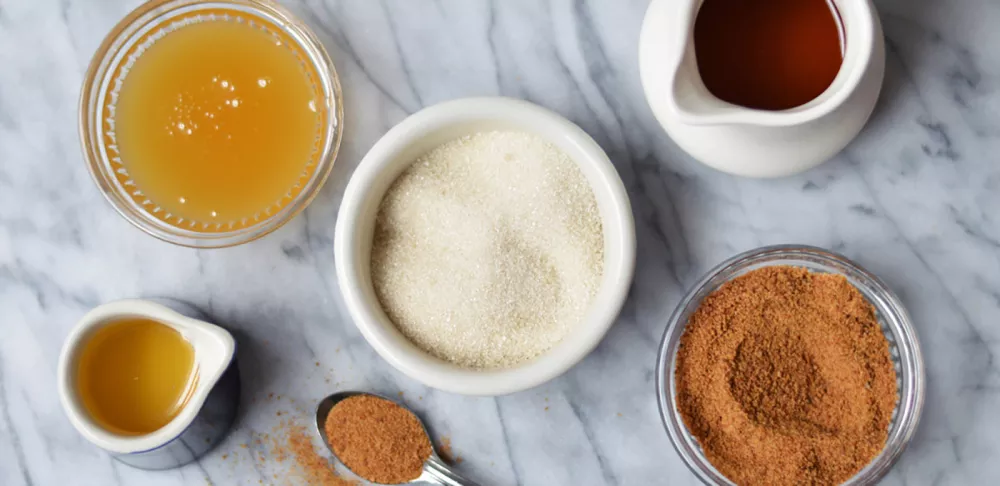An expose in The New York Times revealed that the sugar industry paid Harvard scientists in the 1960s to downplay the link between sugar and heart disease and instead promote saturated fat as the bigger problem.
This came just a year after it was revealed that Coca-Cola paid researchers to deemphasize the link between sugary drinks and obesity. The article prompted me to further expound on NGI’s stance on sugar.
Throughout its 40-year history, Natural Gourmet Institute was mindful of the fact that added sugars are a potentially health-wrecking culprit. It’s no secret that a diet high in sugar is tied to poor blood sugar control and diabetes, weight gain and heart disease. We advocate for using whole or minimally processed ingredients whenever possible, so when it comes to sweeteners, we opt for maple crystals, maple syrup, brown rice syrup, barley malt and coconut sugar in place of the white stuff.
The research on the benefits of limiting sugar outlined below (performed by NGI's nutrition department) verifies that our restrictive use of sweeteners is integral for a health-supportive lifestyle.
The latest Dietary Guidelines for Americans recommended a decrease to the daily sugar allowance. Based on the Guidelines, a healthy diet has no more than 10% of the day’s calories coming from added sugars. Based on a 2,000 calorie per day diet, that is equal to about 50 grams or 13 teaspoons of sugar. (1) The American Heart Association recommends even less: six teaspoons per day for women and nine for men. (2)
Many think that artificial sweeteners are the loophole to dodge this health bullet. Artificial sweeteners, like the popular sucralose (Splenda®), are marketed as nonnutritive (zero-calorie) and thought to not have the same processing effects in the body as natural sugar. But, research indicates that artificial sweeteners can actually activate higher peaks in blood sugar and higher spikes in insulin. These peaks and spikes over time could lead to insulin resistance, a likely route to diabetes. (3)
Scary, isn’t it?
So why do so many of us continue to over-indulge on sweets knowing the multitude of potential health risks? The simple truth is that sweets are a taste bud’s best bud. Sugar tastes good and (very temporarily) makes people feel good by flooding our brains with a surge of dopamine – a naturally-occurring chemical that is linked to pleasure.
One study examined how lowering sugar intake would affect the taste and pleasantness of foods and beverages. One group was on a low sugar diet for three months, while the other ate their regular diet. The low sugar group was instructed not to substitute artificial sweeteners for sugar. Both groups received vanilla pudding desserts and rated the taste of the pudding throughout the study. At the beginning of the study, both groups rated the pudding to have the same taste. By the second month, the low-sugar diet group rated a low-sugar pudding as more intense (they tasted more of the flavors) compared to the regular diet group. At the end of the study, the low-sugar diet group rated a low-sugar pudding and a high-sugar pudding as 40% sweeter than the regular diet group. Both groups rated the pudding at the same level of pleasantness throughout the study. (4)
In conclusion, lowering one’s sugar intake can help the palate to better taste the natural, delicious flavors of real food, providing an enjoyable (and healthy!) dining experience.
References:
- Dietary Guidelines for Americans
- American Heart Association
- Center for Science in Public Health Interest
- Wise, P. M., Nattress, L., Flammer, L. J., & Beauchamp, G. K. (2016). Reduced Dietary Intake of Simple Sugars Alters Perceived Sweet Taste Intensity but Not Perceived Pleasantness. The American Journal of Clinical Nutrition, 103(1), 50-60.
This story was originally published by the Natural Gourmet Institute on September 26, 2016. Learn more about today's Natural Gourmet Center at the Institute of Culinary Education.


